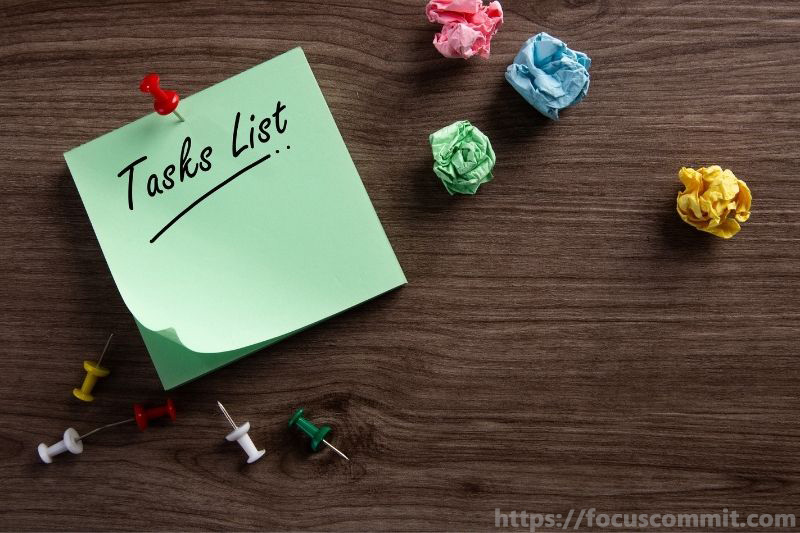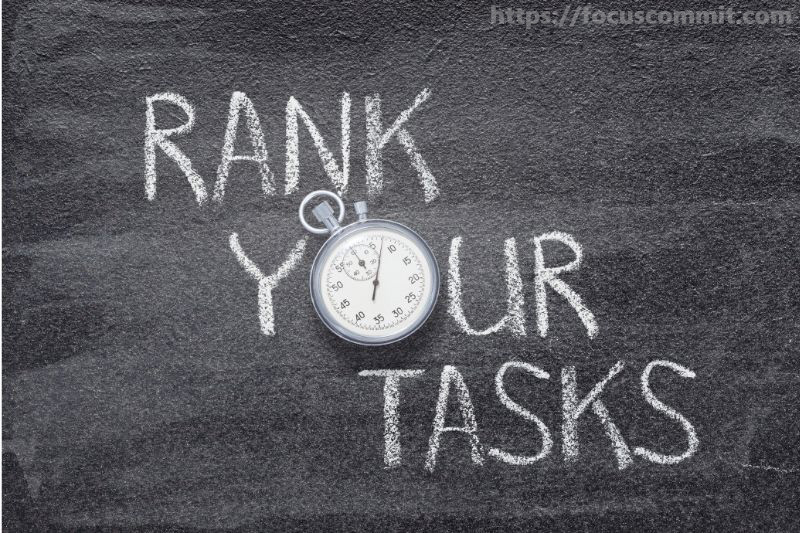Time on task is a productivity concept that suggests spending a certain amount of time working on a task will lead to better results. The amount of time can vary depending on the individual and the task, but spending at least half an hour on a task is generally recommended to see results. Time on task can increase productivity in both work and personal life.
What is time-on-task?
Time-on-task is the amount of time you are actively engaged in learning and acquiring new skills, knowledge, and attitudes. Time-on-task can be a powerful teaching strategy that leads to positive outcomes. There are many strategies and principles to help facilitate learning.
Whether you’re a teacher, entrepreneur, or freelance facilitator, you can improve your productivity and efficiency. One way is to schedule your tasks and keep track.
There are many time-tracking tools available. This approach can be constructive in supporting your task-management skills.
Time tracking is vital.
Time tracking can improve productivity, motivation, and self-confidence. You can improve your productivity by setting aside time to nurture your priorities and managing your time.
It can also reduce stress. Stress can come from many sources, making you feel overwhelmed. You can feel calmer, more focused, and have more control over your workday by allocating time to tasks and tracking them.
The Time on Task observation technique

“Time on task” is not a new learning strategy. This observation technique measures how long students spend learning in a lesson. This is an essential aspect of the teaching and learning process. It has been shown that students learn more if they spend more time teaching activities.
An observer watches over the class and helps with task observation. An observer is a teacher, teacher educator, or supervisor. The observer will be able to provide valuable feedback based on their words. This feedback will include information about how active students were during a lesson. It may also include details about the study’s most active parts. These observations can help teachers and observers discuss ways to make students more engaged.
Before observation, one must define task behavior and not off-task behavior. For example, reading, discussing, presenting, and drawing are all examples of on-task behavior. Students may also be observed if they are distracted, asleep, or misbehaving. The purpose of task observation will depend on what the student is doing. A form must be created and copied to complete the word.
The observer scans a classroom to evaluate the class’s “time-on-task” and notes individual student behavior regularly. Every 20 seconds. To avoid bias, the observer must randomly select students from all parts of the classroom.
Time On Task: How to use it in 5 Steps

You are a facilitator, teacher, or leader. Preparing for your sessions and engaging with students and attendees is essential.
Here are five steps to ensure your attendees and students have a positive learning experience.
1. Prepare and plan
You only have a short time to deliver a session and teach it. Planning can help you make the most of your time. Preparing your sessions in advance will increase your confidence in the content you deliver and make running the session smoothly easier. While this will allow you to feel more in control, it is essential to be realistic about preparing activities.
2. Time management tools should be implemented
Time tracking tools such as time notes can help manage your time. They will help you organize the space to present, prepare your sessions, and execute them. It can also be a useful tool in facilitating the learning process for all involved, ensuring all work is done on time.
3. Allocate enough time to complete each learning task
Ensure you give each activity a time frame and communicate this to everyone attending. When deciding on the time to allocate for each task, it’s important not to be too strict. Group tasks often lead to rich conversations so you might want extra time.
4. Smooth transition
Smooth and well-guided transitions are crucial to fostering learning when you move from one session to the next. It would help if you allowed time for each session’s beginning and end to set a positive tone and encourage engagement.
5. Keep your eyes on the prize
As a teacher or as a session leader, it is essential to keep track of your time. Distractions can be prevalent, and it is easy to lose focus, especially when there is a lot of discussion, debate, online tasks, or questions. You can gently bring everyone back to the present moment if they feel the discussion has drifted off-topic. Ask them to choose one learning outcome from their day. Ask them to write it down and, if time permits, ask each member to give a summary. This helps keep everyone’s attention on the task and keeps the timing short.
Related Post:

